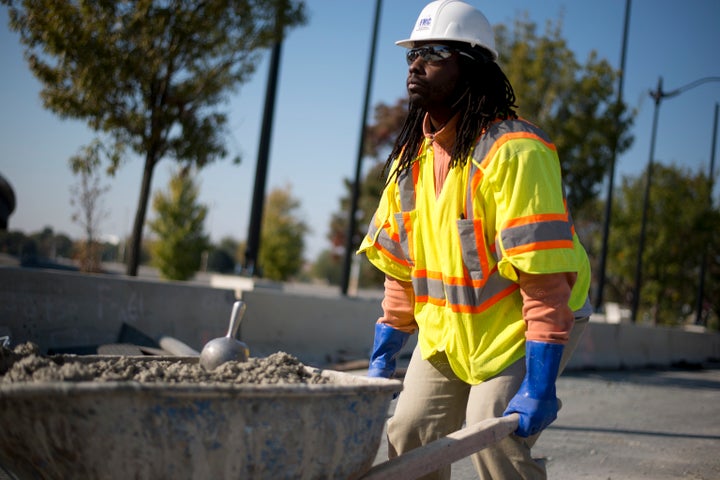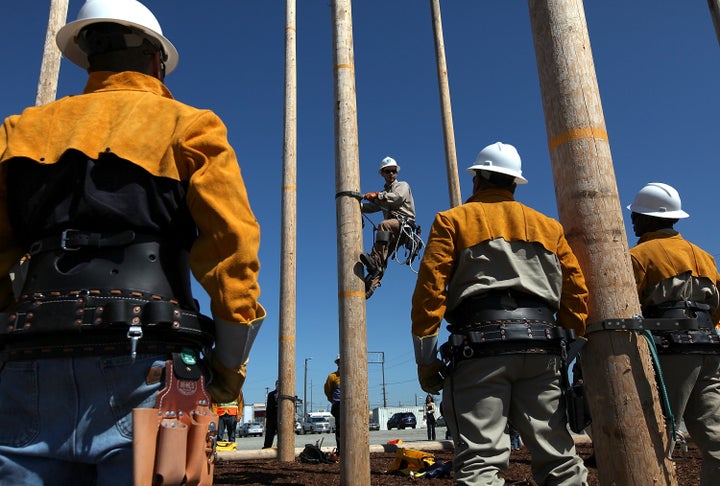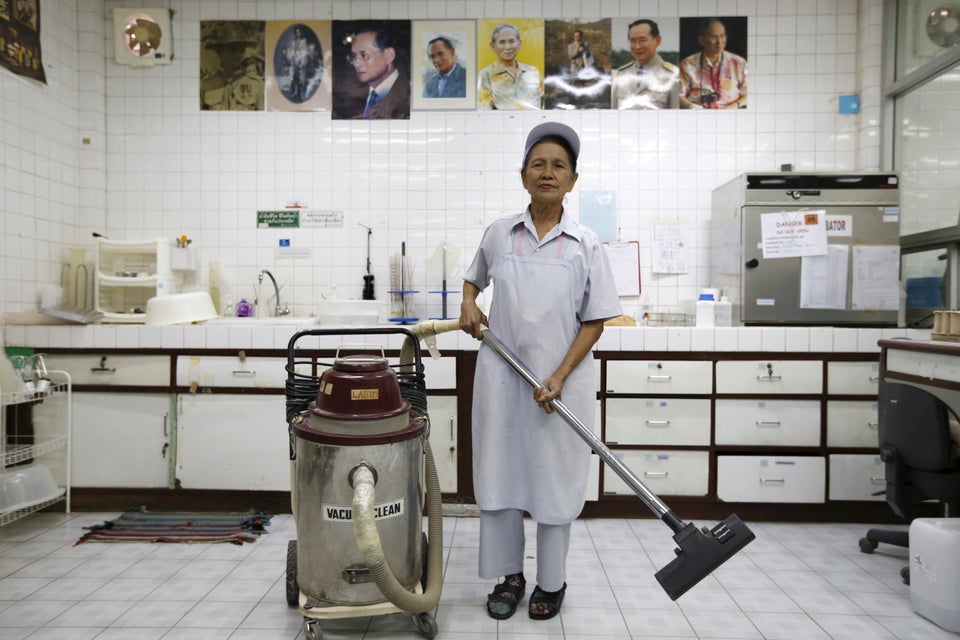
A small group of employers gathered recently around a table in a windowless conference room in Greensboro, North Carolina. Most of them ran construction companies or advanced manufacturing firms with no more than a few hundred employees. All had considered launching apprenticeship programs but decided not to — and my organization wanted to know why. What did they perceive as the downsides?
We expected to hear complaints about a variety of issues: obstacles to creating a highly structured multi-year program that combines classroom learning with hands-on job experience, cost, concern that their companies would invest in training only to watch other employers lure trainees away with higher pay, and an expectation — sometimes right, sometimes wrong — that creating an apprenticeship program would mean opening their doors to a labor union. None of these were major concerns. What all the employers around the table were most worried about was that they had to register any apprenticeship program with the government.
“We know we need to train workers,” one contractor who specialized in bridge building explained. “And we’re prepared to pay the cost. But I don’t want the government coming into my company, telling me what to teach my own workers and overseeing the day-to-day details of my training program.”

The executive order on apprenticeship signed in the Oval Office last week lines up well with these employers’ concerns. The order opened the door to what President Donald Trump called “industry-recognized” apprenticeship programs and created a new task force to streamline the registration process that the bridge contractor and many other employers find so burdensome.
Trump’s order is good news on many levels. After more than two years of unlikely promises — to restore coal mining, end offshoring and recreate the manufacturing jobs of a bygone era — the president is finally focusing on a solution that could make a difference for the working-class voters who elected him: skills.
The American workforce is changing dramatically. In field after field, machines are taking over routine tasks and creating new openings for skilled workers with specialized technical training. College is still a good choice for many but so are an array of other paths: programs that prepare workers for what economists call “middle-skill” jobs — positions that require more than high school but less than four years of college — in manufacturing, construction, health care, information technology, transportation and a host of other fields. Indeed, in some instances, middle-skill training pays off better than college. A custom welder can make more than $100,000 a year.
“After more than two years of unlikely promises, the president is finally focusing on a solution that could make a difference for the working-class voters who elected him: skills.”
Employers and educators agree: apprenticeship is one of the best ways to qualify for middle-skill jobs — the gold standard of 21st-century workforce training. It works as well as it does for a number of reasons. By definition, it involves employers — the only reliable way to make sure trainees are learning skills that are in demand in today’s job market. Research proves beyond much doubt: students who combine classroom learning with hands-on practice learn more and faster than other students. Apprentices take home a decent wage and earn a nationally recognized credential they can carry with them to their next job. Employers win too: what better way to groom a worker than over three or four years of on-the-job training?
Still, despite these advantages, American employers have been slow to adopt apprenticeship. President Obama spent $260 million to jumpstart new programs and saw only a modest uptick. Trump hopes to do better by easing regulations and spending more — his proposed annual outlay would more than double Obama’s.
Both ideas make sense. But whether or not Trump succeeds will depend on how he does it. Halfhearted reform is unlikely to work, and the task force must listen to employers — small and medium-sized firms as well as Fortune 500 companies. Streamlining the registration process is a good place to start, but simply cutting red tape will not be enough. The task force must also rethink regulatory requirements.
“Simply cutting red tape will not be enough.”
Currently, registration focuses mostly on what educators call “inputs:” how training is structured and what happens in the workplace. That’s why many employers don’t like it: they don’t want the government interfering at the company. No one expects Washington to spend federal dollars — even the limited dollars that go toward apprenticeship — without some standards or quality assurance. But employment outcomes would make more revealing metrics than program inputs: do trainees learn new skills, do they get jobs, do they get promoted, do they earn more after the apprenticeship than they did before they started? Employers fearful of meddlesome bureaucrats would prefer these yardsticks — but so should anyone who cares about quality training programs.
Another important fix the task force should consider involves the credentials trainees earn upon completing apprenticeship programs. As is, they get a journeyman’s certificate based on the curriculum that the sponsoring employer or educator of the program submits to the government when it applies to be registered. That’s something: the credential attests that the trainee has learned what the sponsor specified he or she should learn. But it’s hardly a national or even statewide standard. One potential remedy: make passing a standardized competency test or attaining an industry-recognized credential the default requirement for a journeyman’s certificate — to be modified only in instances where the program sponsor can make a persuasive case.
“What better way to groom a worker than over three or four years of on-the-job training?”
The president’s new task force has its work cut out for it, and it may face political headwinds as it strives to chart a course that satisfies both business and labor. Unions have traditionally resisted any tampering with the registration process.
The Trump administration should also avoid Obama’s mistake: putting all its chips on apprenticeship at the expense of other skills-training programs. Gold standard that it is, apprenticeship is not for everyone. It’s the training equivalent of a marathon: long, expensive, arduous and not appropriate for every job. Shorter, more modest programs also work best when they incorporate the principles associated with apprenticeship: employer involvement, a portable credential and classroom learning paired with hands-on training. But employers and employees who can’t run a marathon need other options — 10k, 5k, even 1k races — and Washington should use seed funding and other incentives to encourage those models too.
The bottom line for the Trump administration: good start — but the devil is in the details. The stakes could hardly be higher. For all the important issues on the table in Washington, few are more significant than workforce skills — equipping American workers with the skills they need to succeed in the jobs of today and tomorrow.

